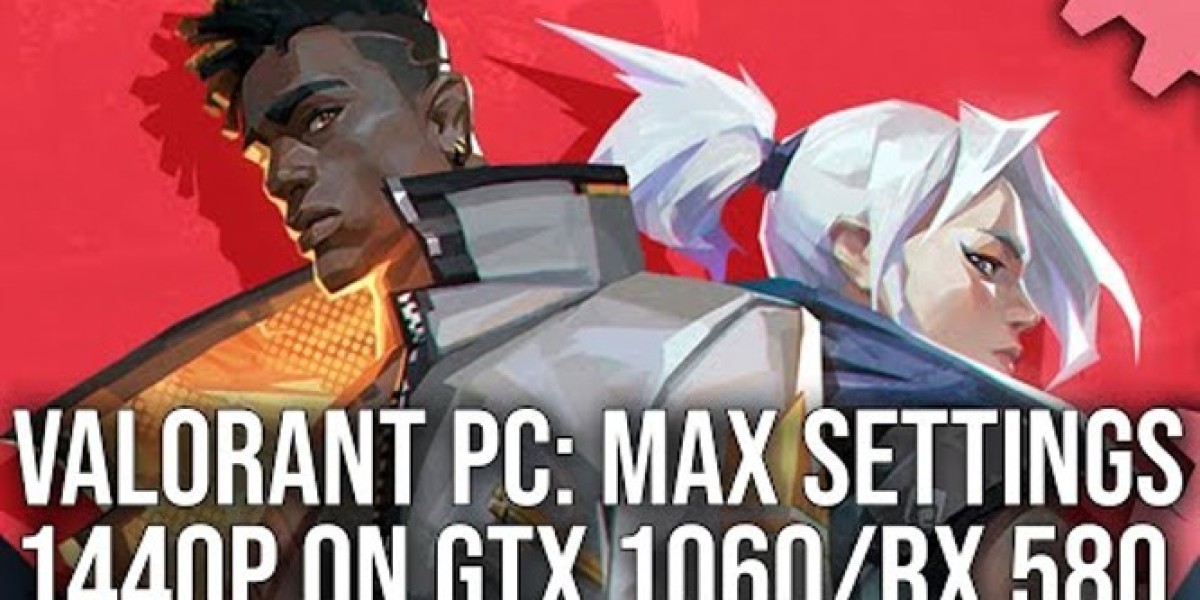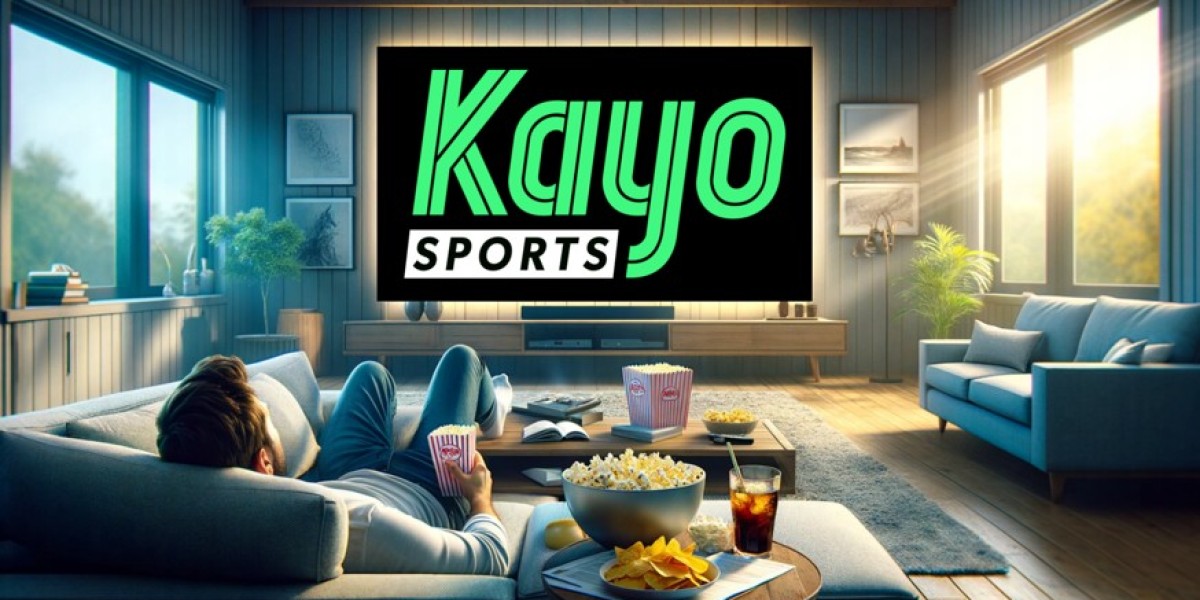Valorant Development Insights
Riot Games recently unveiled Valorant, their tactical shooter that pits five players against five in an intense battle.
During its closed beta phase, the game impressively garnered three million daily players, showcasing its potential for remarkable success.
After the official release, I had the chance to engage with several key figures from the Valorant development team, including Game Director Joe Ziegler and Technology Director Dave Heironymus.
Our discussion encompassed a variety of technical aspects such as the unique forward renderer developed specifically for the game, the hurdles faced in achieving their ambitious 128-tick processing target, and insights on optimal hardware for gameplay.
We also delved into game design topics, addressing community-driven inquiries from Reddit. This included discussions on adjusting the tagging mechanic's effectiveness, creating new characters, and incorporating player-requested features like left-handed view models and retake servers.
A total of eight members from the development team participated in the interview. Here’s the list of contributors, presented in alphabetical order:
- Paul Chamberlain, Anti-Cheat Lead
- Dave Heironymus, Tech Director
- Brent Randall, Staff Engineer
- Marcus Reid, Principal Engineer
- Felipe Romero, Principal Engineer
- David Straily, Game Tech Lead
- Chase Swanson, Senior QA Manager
- Joe Ziegler, Game Director
There are numerous intriguing insights to explore, so let’s dive in!
One of the key questions raised was regarding the architectural differences of Valorant compared to other Unreal Engine titles.
Marcus Reid shared, "We aim to adhere to Unreal Engine's best practices and minimize deviations from the core engine to avoid ongoing maintenance challenges. Nevertheless, we’ve implemented significant modifications to achieve our performance benchmarks."
He elaborated on their custom forward renderer, which is based on Unreal's mobile rendering path. "By designing our own render passes and optimizing shaders specifically for Valorant's art style, we've managed to achieve a rendering speed that surpasses what the stock engine could provide."
The recent showcase of Unreal Engine 5 has sparked excitement among PC enthusiasts, especially regarding its implications for games like Valorant. How does the development team at Riot Games view this new technology, and could it potentially enhance Valorant's gameplay?
Marcus Reid expressed enthusiasm for the UE5 demo, stating that the team will thoroughly assess its features for compatibility with Valorant as more information becomes available. The developers prioritize updating to the latest Unreal version to leverage advancements while ensuring that competitive integrity is maintained for players on older hardware.
A significant focus for the team has been optimizing performance across various PC setups. What minimum specifications are required for a stable 60fps experience? Brent Randall clarified that they aim to make Valorant accessible to as many players as possible. The recommended setup includes an Intel Core i3-4150 CPU, NVIDIA GT 630 GPU, and 8GB of dual-channel RAM. He noted that players might achieve playable performance with lower specs if they are willing to make some adjustments. Initially, the team targeted Intel HD 3000 for 30fps as the minimum, but changes in Unreal Engine 4 led to supporting Intel HD 4000, which comfortably exceeds 40fps.
In terms of competitive play, Riot's decision to implement 128-tick servers early in development was based on extensive testing with high-skill players. David Straily mentioned that they used high-speed cameras to analyze reaction times and peeker's advantage, ultimately determining that 128-tick servers provided the best balance between player experience and performance costs. Although lower-end PCs may not fully benefit from this tick rate if their frame rates fall below 128, the team has strategies in place to minimize performance issues.
As discussions about a potential console version of Valorant arise, the team acknowledges the challenges of adapting the game for gamepad controls. Felipe Romero emphasized the importance of maintaining the precise aiming and responsive gameplay that defines Valorant while considering how much assistance can be offered without compromising competitiveness. He remains optimistic about achieving 120hz performance on next-generation consoles, thanks to the game's initial focus on high frame rates and resolutions.
Finally, with many players utilizing high refresh rate monitors, Marcus Reid noted that achieving high frame rates is a critical challenge. The development team has worked hard to ensure Valorant runs smoothly at 120hz and higher, and while 240fps is currently attainable only on powerful systems, they continue to enhance performance to broaden the range of compatible hardware.
As the gaming landscape evolves with the introduction of 360Hz and 480Hz monitors, discussions are emerging on how games like Valorant will adapt to leverage these advancements.
Marcus Reid shared insights on the technical demands required to achieve such high frame rates, noting that processing a frame for 360fps necessitates a swift 2.78ms, while 480fps reduces that time to just 2.08ms. This presents significant challenges, as the game’s CPU workload exceeds 2ms per frame, necessitating enhancements in parallel processing across CPU cores to meet these targets. Moreover, the rendering must remain extremely efficient to keep up.
When questioned about future support for Vulkan or DX12, Reid indicated that this is a possibility. He explained that early in development, the team focused on hardware compatibility that couldn't support DX12, and the engine's support for it was not as robust at that time. Despite some preliminary evaluations showing DX12's promise, the game’s performance was primarily bottlenecked by simulation rather than rendering, resulting in minimal gains from initial tests. However, should performance improve, DX12 may become a more viable option.
The integration of technology from other Riot games was also addressed by Dave Heironymus. He clarified that while they did not directly borrow the core game engine technology from League of Legends, the experience of engineers who worked on it did influence some aspects of Valorant. The decision to utilize Unreal Engine and the distinct genre of Valorant led to significant differences in their game technologies.
During development, certain abilities posed challenges. David Straily mentioned that for every ability currently in the game, many others were experimented with and ultimately discarded. He recounted the difficulties faced when introducing new mechanics, such as powered ascenders, which disrupted existing abilities due to insufficient constraints. Moving forward, the team aims to maintain a high standard in implementing game systems to avoid accumulating technical debt.
On the topic of benchmarking tools, Reid acknowledged the absence of a built-in demo recording or benchmarking mode, stating that while these features are of interest, there is no definitive timeline for their implementation.
Regarding performance optimization, Reid confirmed that Valorant is CPU-bound, especially on systems with modern GPUs, particularly at lower resolutions like 1080p. He emphasized that while the game utilizes three to four cores effectively, ongoing efforts are aimed at improving performance on systems with higher core counts. For optimal performance, he recommends CPUs with high clock speeds and IPC, along with high-speed RAM to ensure efficient data flow to the CPU.
One prevalent feedback from players, especially those unfamiliar with CS:GO, is that Valorant's visuals come across as unexciting.
During a live stream hosted by Eurogamer, some viewers likened its graphics to those of a mobile game.
While ensuring that player characters stand out from their surroundings is crucial for competitive play, it can detract from the overall aesthetic appeal of the game.
So, how did the development team tackle this dilemma?
David Straily, the tech lead for Valorant, emphasized that their priority is to maintain a competitive edge, which sometimes necessitates compromises in visual quality.
At Riot, there's a philosophy they refer to as "black liquorice" culture, targeting a specific gaming experience tailored to dedicated players.
They acknowledge that not everyone will connect with Valorant, and that's perfectly acceptable.
The team focuses on delivering what truly matters.
Nevertheless, they are committed to enhancing visual fidelity as long as they can uphold readability and performance.
The transition from closed beta to the global launch showcased improvements like the 3D character selection interface and enhanced visual effects, with more updates anticipated as the game evolves.
Players have raised questions about matchmaking flexibility, such as the ability to choose specific servers or set a maximum ping, particularly in regions like Europe and Oceania where such options are highly sought after.
Joe Ziegler shared that they are exploring ways to let players select optimal servers, especially for teams with players from different locations.
While they want to enhance matchmaking options, they are cautious, as adding too many choices could lead to longer queue times and less stable match quality.
As Valorant expands its roster of characters, maintaining clear visual distinctions among them is essential.
Ziegler noted that they focus on creating unique silhouettes, color schemes, and audio cues, enabling players to identify characters quickly, even in high-pressure situations.
He expressed confidence that future character designs will continue to uphold this clarity.
Transitioning from CS:GO to Valorant introduces new mechanics, such as the impact of damage on player movement, known as "tagging."
Ziegler explained that the current tagging system encourages players to engage rather than retreat, adding strategic depth to gameplay.
While they continue to evaluate its effectiveness, they believe it aligns well with their design philosophy.
Upcoming agents are expected to bring fresh strategies and diversify tactical options.
Ziegler mentioned that while the initial roster focused on core gameplay elements, future characters will challenge existing norms and introduce new plays.
In terms of anti-cheat measures, Paul Chamberlain discussed ongoing improvements to Vanguard, including a new feature that will inform players when a reported cheater is banned.
He assured that the team remains responsive to community feedback regarding anti-cheat functionality.
When comparing the development teams, Ziegler revealed that Valorant's team consists of about 150 members, which is smaller than that of League of Legends.
Players have also expressed interest in left-handed view models, and while there's no timeline yet, the team is investigating the feasibility of this feature.
Concerns about map selection frequency have also surfaced, with some players noting certain maps, like Split, seem to appear less often.
Dave Heironymus clarified that while they had adjusted Split's selection rate at launch due to its complexity for beginners, all maps are currently given equal weight in matchmaking.
In the testing phase, unusual bugs have emerged, such as the ability for players to shoot through walls only when hitting an enemy's hands.
Chase Swanson explained that the testing strategy involved diverse team members to identify unexpected interactions among gameplay elements.
He highlighted that the fog of war feature posed unique challenges in testing, leading to some amusing bugs, including characters riding abilities or flying unexpectedly.
One of the most memorable bugs allowed Cypher’s camera to be equipped with a weapon, a glitch that might have gone unnoticed without player reports.
The team appreciates the community's involvement in identifying issues, which has informed their testing priorities moving forward.
Desynchronization in Game Development
Desynchronization challenges present significant hurdles in game development due to their subtle nature and the difficulties in objective testing.
David Straily emphasizes the importance of "knowable systems," utilizing tools such as debug automation and telemetry to build stable environments.
To address issues like "dropped shots," the team employs an internal overlay that highlights instances where a player registers a hit, but the server does not. By capturing detailed debug information and hitbox outlines, they can analyze these discrepancies effectively. QA testers and playtesters record these scenarios, which helps prioritize fixes within the development team.
The commitment to competitive integrity remains fundamental, with the team making swift fixes for any desynchronization issues over other features. The live service model of Valorant allows players to trust in the regularity and speed of updates.
The introduction of Spike Rush has sparked community interest in potential future game modes. Unlike traditional modding, which often leads to varied gameplay experiences, the Valorant team is contemplating the idea of integrating tools that allow for user-generated content while still maintaining control over the game’s framework.
Joe Ziegler notes that while the concept has been considered, the current focus is on delivering a seamless gameplay experience. With ongoing efforts to enhance content and optimize out-of-game experiences, the team's resources are fully allocated.
Regarding the technical capabilities of Valorant, David Straily mentions that accommodating a significantly larger number of players or expansive maps would require compromises in server performance. Should such an expansion be pursued, they would thoroughly explore solutions that maximize player experience, potentially utilizing dynamic tick rates to maintain high frame rates during critical gameplay moments while scaling back during less competitive situations.
YouTube is a great platform for gaming insights.
In the realm of competitive FPS games, retake servers have gained traction among CS:GO players.
These servers simulate crucial gameplay scenarios, enabling teams and individuals to practice bombsite retakes or defenses with realistic setups, including smoke placements and abilities.
Could Valorant potentially incorporate similar features in the future?
Joe Ziegler shared his thoughts:
"We've entertained the idea of such an alternate mode in the past.
As we continue to evolve the game, the introduction of more practice modes or variants is certainly a possibility."
A major question arises regarding match server allocation, especially when pre-made teams are geographically dispersed.
Is Riot considering an increase in server availability in certain regions?
Dave Heironymus explained the challenges:
"Handling geographically spread-out pre-made teams is complex, particularly in our effort to minimize latency.
The primary factor for server placement is the 'ping delta from the best game server,' and we aim to keep this value low.
Currently, we're working on expanding server locations in North America and Europe, while continuously analyzing global latency trends to identify areas needing more investment."
Reflecting on the development journey, what were the significant technical hurdles encountered?
David Straily highlighted the challenge of scaling 128-tick servers.
"There was a challenging phase in development when our server's frame-time was about 32 milliseconds.
We recognized the necessity to reduce that to below 3 milliseconds for a successful launch.
Achieving over ten times the performance in just a couple of years was daunting, but our engineering team rose to the occasion, and I'm incredibly proud of what we accomplished."
For indie studios aspiring to create competitive games, what advice would the team offer?
Dave Heironymus emphasized the importance of understanding the target audience:
"Knowing our audience was essential in prioritizing features for Valorant.
Players passionate about tactical shooters desire precise gunplay, high frames per second, and robust anti-cheat measures.
These elements became our guiding principles, helping us set the right boundaries for our development teams.
I suggest that indie studios should similarly focus on their desired audience and address their core needs while keeping the project scope manageable."
A heartfelt thanks goes to the Riot Games team for their insights and to the Reddit community for their engaging questions, including contributions from users like nhirak, raiid_cs, doctorwho2015, thewinterlord, bmpblast, littlelunia, arkiece, and luxsolispax for their thought-provoking queries.
What is Valorant and Valorant Points?
Valorant Points are the premium currency in Valorant, utilized for purchasing cosmetic items like skins, gun buddies, and the Battle Pass, enhancing the aesthetic aspects of gameplay. Players looking to top up their Valorant accounts can buy Valorant points from various game trading platforms such as LootBar, which offers competitive rates for acquiring VPs. By opting for a Valorant points buy , players can access exclusive content and personalize their in-game experience to reflect their style.
Why do you choose LootBar.gg to buy Valorant Points?
If players are looking to top up Valorant Points, they may want to consider using the lootbar game trading platform. This leading platform, known as lootbar.gg , offers several advantages that make it an ideal choice for gamers. The most notable benefit is its competitive pricing, which ensures gamers save on every purchase, whether they are buying a small amount or stocking up for future gameplay. This cost-effectiveness is complemented by lootbar.gg's commitment to secure transactions, utilizing advanced encryption methods and strict data protection protocols to guarantee a safe buying experience.
Moreover, lootbar.gg stands out with its promise of quick delivery, ensuring that players receive their Valorant Points within just 3 minutes of purchase. This efficiency means less waiting time and more time to enjoy the game. Additionally, the platform provides 24/7 customer support, ready to assist with any inquiries or issues that may arise during the top up Valorant process. With these comprehensive services, lootbar.gg not only facilitates a seamless transaction experience but also enhances the overall gaming journey.
How to top Valorant on LootBar Step-by-Step Guide
To top up Valorant Points on the LootBar trading platform, follow these steps for a seamless experience.
- Begin by visiting the website LootBar.gg, where you can select your preferred language and currency settings for a personalized interaction.
- Once on the homepage, locate the "Valorant" section within the top-up category to proceed with your Valorant top up .
- Next, input your Riot Username and Password to securely link your account, ensuring a smooth transfer of Valorant Points.
- Decide on the number of Valorant Points you wish to purchase, then click on “Top-up Now” to move forward with the transaction.
- Choose from a variety of payment methods available and finalize your purchase by selecting “Pay Now”.
- After completing the payment, your Valorant Points will be processed and delivered within minutes, enabling you to access new skins and items in the game instantly.








